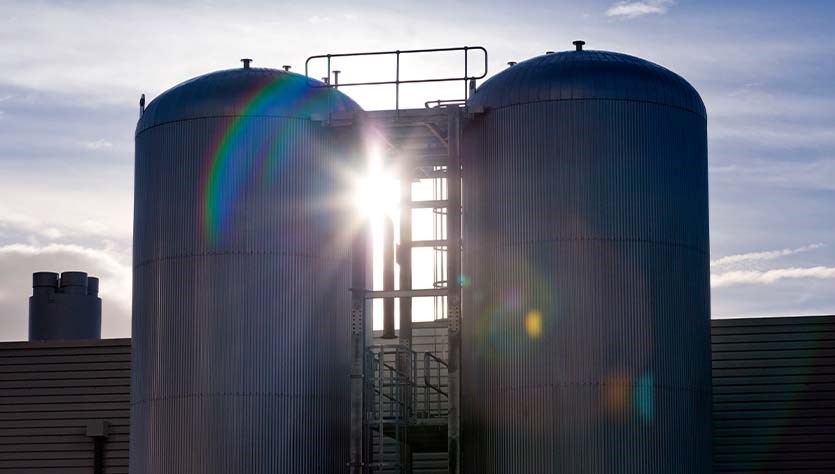The Glenrothes Energy Network was an exciting opportunity to take excess heat from the nearby RWE biomass plant and convert it into usable low temperature hot water which is transported to customers through a buried district heating network.
The Glenrothes Energy Network is an exciting public private partnership between Scottish Government, Fife Council and RWE which utilises steam generated as a by-product of electrical generation at the Markinch Biomass CHP Plant to deliver low-carbon heat to houses, businesses and public sector buildings within the Glenrothes town centre. The project makes a significant contribution to reducing carbon emissions in Scotland and received funding from the Scottish Government’s Low Carbon Infrastructure Transition Project (LCITP).
Vital Energi won the contract to deliver the detailed design, and construction of the energy centre and district heating network, creating an ambitious and challenging delivery programme which would see the “Heat On” date achieved in advance of the funding deadline.
This project saw us work with the clients’ professional team to design, supply and deliver the energy centre, 6.2km district heating network and High Voltage ducts with cabling to be installed during future phases. The solution needed to fully integrate with the 55MWe biomass CHP plant and connect a range of buildings which included businesses and blocks of housing in the town centre.

It was clear from initial conversations that the Council prioritised an approach of keeping disruption to a minimum. Through careful traffic management plans this can be minimised. We worked with one of our long-standing traffic management specialists and the council and were able to create a plan which gave confidence to all stakeholders that much of the potential disruption could be mitigated. We explored all opportunities for the highways affected and options included road closures and diversions, temporary traffic regulation methods such as traffic lights and give way systems. To ensure this plan was carried out effectively our traffic management partners were on call when required and attended site on all days where temporary traffic management measures were being implemented. (During peak hours of 7am-9pm and 3pm-6pm.)
One of the stipulations of Planning was that we would not be able to close a busy roundabout leading to a popular local supermarket and we were able to plan alternative routes to ensure that this road stayed open throughout the project.
A big contribution to meeting the extremely tight programme came from our Pre-fabrication Department in Blackburn which was able to create all building connection skids. Additionally, connecting pipework was prefabricated where possible to minimise hot works in occupied council buildings.